Research team behind ‘Evolution’ paper seek greater accountability, support role of benchmarking
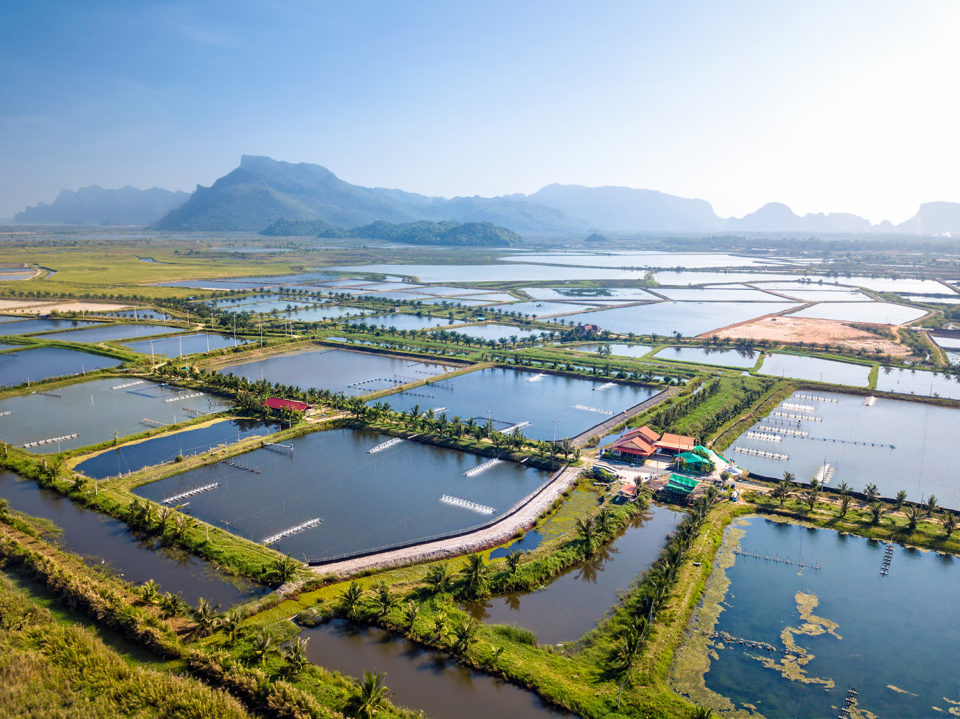
Simon Bush, a professor of environmental policy at Wageningen University in the Netherlands, has long held a keen interest in seafood and the mechanisms that industry, governments and environmental groups have established to incorporate sustainability into their practices.
He and his colleagues – whom he describes as an “interesting bunch” of researchers and economists – recently scrutinized the current model of multi-stakeholder initiatives known as improvement projects and even established eco-labels. Efforts have often lacked follow through, they determined, with some intended benefits remaining unrealized.
“We all noticed over a long time some of the contradictions that seem to be emerging from claims and impacts of the [sustainable seafood] movement on the water,” said Bush. “What’s the impact of a movement with so many different tools and initiatives in creating change in fisheries and aquaculture performance?”
The impact of the sustainable seafood movement can be seen in just about any supermarket display case or freezer, where many retailers openly demonstrate their commitments to sustainability in signage and in certification labels on packages of frozen seafood. Some retailers expanded their sustainable seafood procurement policies to also source from fisheries engaged in improvement projects.
Many of those so-called FIPs, however well-intentioned they may have been, stalled midway through their intended lifecycles, which led Bush and his colleagues – including Cathy Roheim, professor of agricultural economics at the University of Idaho; and James N. Sanchirico, a resource economist from University of California-Davis, among others – to question their efficacy.
What’s the impact of a movement with so many different tools and initiatives in creating change in fisheries and aquaculture performance?
Their recent paper, “Evolution and future of the sustainable seafood market” published this past August in the journal Nature Sustainability, challenged the model that has been the foundation of marketplace incentives for environmental responsibility for more than 20 years, ever since the Marine Stewardship Council (MSC) was created in 1997.
“We traced how we move from a situation in which we had more or less blind faith in the market,” said Bush. “I think we’ve shown that that’s in some ways a very naïve perspective.” The promise of consumer demand and price premiums for certified seafood, for instance, doesn’t always deliver, he said.
The “Evolution” team analyzed FIPs for a paper published in 2015 in Science and found that nearly two-thirds of such projects in fisheries in developing countries had accessed markets without actually delivering on promised improvements, according to the group’s analysis of FIPs in the FishSource Data Library.
“A lot of FIPs we analyzed were getting stuck. They had access to the market, but were not moving past this situation,” said Bush. “The implication to that is you have these buyers for products that have a claim for improvement but aren’t demonstrating improvement yet. Our conclusion was that this created a gray space that’s being exploited by commercial interests.”
Essentially, it’s a flaw in a system that’s responding to the market’s need for volume so retailers can fulfill their sustainable seafood pledges, said Bush. When the Science study was published in 2015, there were already more than 130 fisheries worldwide engaged in FIPs, with an additional 400 more needed to meet buyer demand for sustainable seafood worldwide, according to the National Fish and Wildlife Foundation’s Fishery Improvement Partnership Fund.
Improving improvement projects
The Science paper studied FIPs – not aquaculture improvement projects, or AIPs – and found that some indeed led to environmental benefits. FIPs effectively reduced sea turtle bycatch in the Ecuador mahimahi fishery, for example. There is no published analysis of what percentage of AIPs demonstrate improvements and reach the certification finish line and how many do not.
In theory, an AIP is supposed to provide guidance and financial support to an aquaculture operation so it can change its practices to meet the standards of a particular certification scheme – whether the Global Aquaculture Alliance’s Best Aquaculture Practices (BAP) program, the Aquaculture Stewardship Council (ASC), GlobalG.A.P. or Friend of the Sea.
Not all fishery or aquaculture improvement projects result in certification, and nor is that always the goal. But if a producer signs on for a project, gains market access and then stalls, the net result is no real improvement in environmental practices in the water. That’s why some improver projects, like BAP’s iBAP and a similar initiative launched by ASC this year, are bound to deadlines and specific outcomes, like full certification.
An overall lack of teeth and accountability of improvement programs is one way in which the success of the sustainable seafood movement has been limited, said Bush.
“FIPs are creating de facto sustainability claims recognized by retailers and others in the supply chain, effectively competing with MSC and other third-party certifications,” wrote Bush and the co-authors. “This competition could lead to a race to the bottom in standards for sustainability unless FIPs’ conditional access to markets is closely adhered to by retailers.”
In a race to the bottom, they argued, the whole sustainable seafood market space becomes so crowded with terms and a lack of accountability that certification standards weaken over time and the promise of sustainability and responsibility becomes meaningless, failing to delivery any across-the-board improvement.
“There’s competition between these different labels,” said Bush. “They’re all competing for similar space in the market.”
Competition can be good when organizations compete to have the best and greenest programs, said Bush. But he and his co-authors are concerned that certifying organizations with varying strictness and enforcement of standards may weaken overall as they compete for market share among the top tier of companies and producers.
Top aquaculture certifications
Steve Hedlund, communications manager for the Global Aquaculture Alliance — publisher of The Advocate and administrator of the BAP facility certification standards — said it was critical for GAA and other certification schemes to address gaps in the sustainable seafood system to drive improvement across production.
“At the same time, 15 to 20 years ago there was no third-party aquaculture certification so there was no means of collectively documenting improvement over time,” said Hedlund. “The way we see it is that there are still some gaps here and we need to work collectively to fill those gaps rather than trying to chase that top 10 percent.”
GAA’s iBAP improvement program has deadlines, metrics and time limits. Producers have been cut out of the program if they don’t meet their targets on time, he said.
The Aquaculture Stewardship Council reports 720 certified farms on six continents since its creation six years ago. Its current model has led to changes for the better, said Bertrand Charron, ASC’s science and sustainability communications manager.
“The very process of undergoing pre-assessment for ASC certification and obtaining certification can only occur if and when the farmer has improved or displayed responsible performances and implemented an array of best management practices,” said Charron.
“It is not rare for initial audits to highlight non-conformities to the ASC standards’ requirements. If this is the case, they trigger corrective action requests by the auditor, which the farm must then address and remedy to within a certain timeframe, something without which it cannot become ASC-certified. That alone constitutes significant effective change in the water.”
Elusive price premiums
Another problem with the current paradigm, noted Bush and colleagues, is that price premiums don’t always deliver the incentive to producers to pay the costs of certification.
Producers often don’t see the promised price premiums as they incur costs of different certification schemes in different markets, and there is little evidence of growth in consumer demand for sustainable seafood, the paper noted.
Researchers from the Swedish University of Agricultural Sciences found that cod from the MSC-certified cod fishery in the Baltic Sea commanded a price premium of about 10 percent for eco-labeled frozen cod fillets in the Swedish market. This was in line with the price premium other researchers found of 10 to 15 percent for MSC-certified salmon, Alaska pollock, cod and haddock in the UK market.
But those researchers could not find any evidence that the price premium for eco-labeled fish actually reached harvesters. It’s possible, they wrote, that large firms with market power could command the premium at retail, but not pass it along to the beginning of the supply chain.
When price premiums don’t materialize, the NGO that promised the price premium doesn’t suffer that cost, noted Bush. But in an ideal model, he added, all the market players would collectively share in that risk.
The Evolution team laid out what it viewed as a more effective model going forward that they said could drive improvement across wild fisheries harvest and aquaculture production. Currently, most of the activity is improving the top-performing 10 to 20 percent.
Retailers are not in a position to police these processes. Until the last few years, that responsibility lies with the certification schemes. But there is a new watchdog over all certifiers that researchers argue may represent a better way for the sustainable seafood effort to deliver on its promises. The key, they concluded, is a new kind of entity called an aggregator, a market-exposed intermediary that can evaluate certification bodies and help retailers ensure the certifications are driving environmental improvement.
Spreading the risk
Ultimately, sustainable seafood in the marketplace could work, said Bush, like a stock portfolio in which some seafood products are considered low risk with regard to sustainability and some are high risk. An aggregator may be involved in setting a rating or score — kind of a like a credit score in financial markets.
The Global Sustainable Seafood Initiative (GSSI), for example, based in Haarlem, Netherlands, was created in 2013.
It’s working to meet a need among retailers to ensure certification schemes are robust, deliver what they promise and shield aquaculture operators and fisheries from the costs of being certified multiple times to meet requirements of multiple markets, said Herman Wisse, GSSI managing director.
GSSI is a benchmark initiative that verifies certification bodies against three Food and Agriculture Organization of the United Nations (FAO) documents: the Code of Conduct for Responsible Fisheries, Guidelines for Ecolabeling of Fish and Fishery Products from Marine/Inland Capture Fisheries and the Technical Guidelines for Aquaculture Certification.
“It’s basically creating clarity, credibility and choice in the space of seafood certification,” said Wisse. BAP (salmon farm standards, and finfish and crustacean farm standards) and ASC (salmon farm standards) have each had aspects of their programs benchmarked and approved by GSSI. Retailers that have adopted GSSI into their sustainable seafood purchasing criteria include Walmart, Kroger, Ahold, Sodexho, US Foods, Marks & Spencer, Metro and Publix.
“[GSSI] is in a way making sure everybody is operating on a similar minimum playing field,” said Wisse. It can remove the competition among certification programs because it is ensuring they all meet the international standards, he added. “In that sense, it’s making sure things are operating in a more efficient way.”
GSSI represents a new, welcomed direction, said Bush.
“But they are overseeing those certification standards that are pretty good. But what about AIPs and FIPs and fair trade and others?” said Bush. “If they expanded their reach to include all of those, then they are essentially holding a portfolio of certification standards and they can link that to retailers and they come pretty close to being an aggregator in our minds.”
Follow the Advocate on Twitter @GAA_Advocate
Now that you've reached the end of the article ...
… please consider supporting GSA’s mission to advance responsible seafood practices through education, advocacy and third-party assurances. The Advocate aims to document the evolution of responsible seafood practices and share the expansive knowledge of our vast network of contributors.
By becoming a Global Seafood Alliance member, you’re ensuring that all of the pre-competitive work we do through member benefits, resources and events can continue. Individual membership costs just $50 a year.
Not a GSA member? Join us.
Author
-
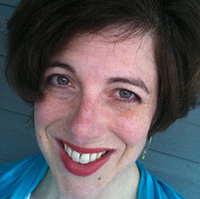
Lisa Duchene
Lisa Duchene has reported on the marine environment for two decades. She is a business-environment writer and communications consultant in central Pennsylvania. Lisaduchene.com.
Tagged With
Related Posts
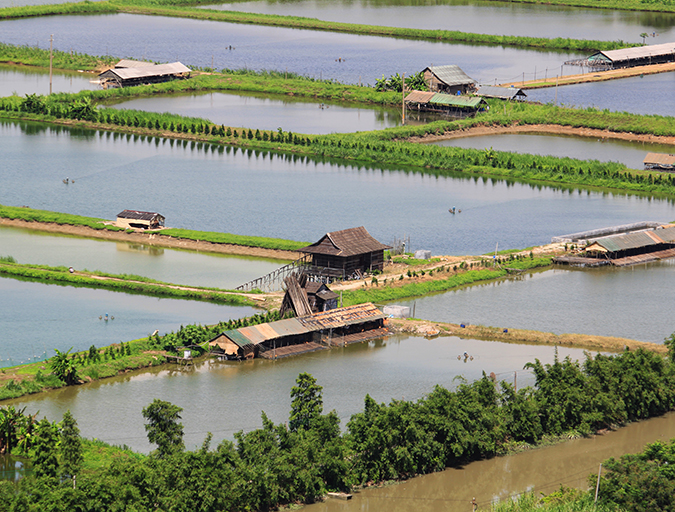
Responsibility
Aquaculture certification steers to zone management
Zone management is an emerging field of interest among industry stakeholders. Experts say it will aid in controlling diseases and in determining carrying capacities. We take a closer look at the management tool’s potential.
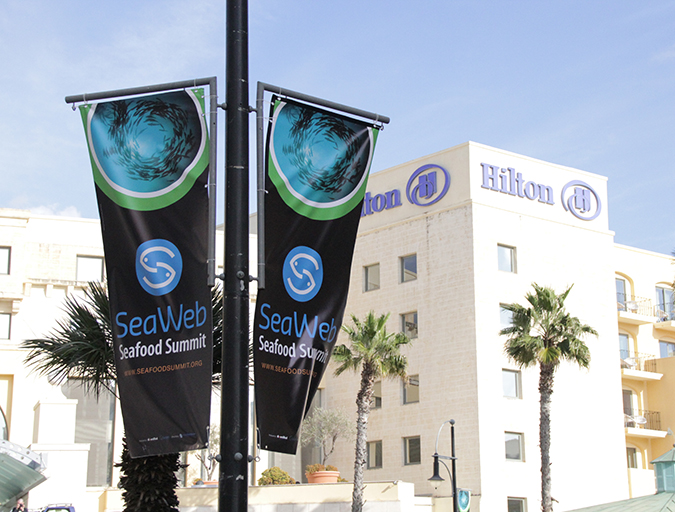
Responsibility
GSSI furthers its mission of clarity out of confusion
The Global Sustainable Seafood Initiative aims to set the bar for certification schemes. Board members of the task force formed in 2012 convened at the SeaWeb Seafood Summit in Malta to reinforce the mission and brief attendees on progress.
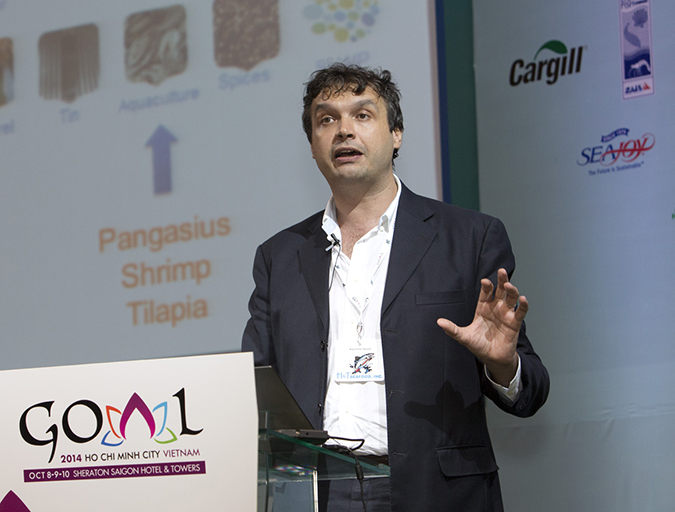
Innovation & Investment
Aquaculture Exchange: Flavio Corsin, IDH
IDH Vietnam Manager Flavio Corsin speaks passionately about the importance of controlling disease and getting all stakeholders to put competition aside and pull on the same end of the rope. Improvement initiatives for pangasius, shrimp and tilapia are among the Dutch sustainable trade organization’s priorities.
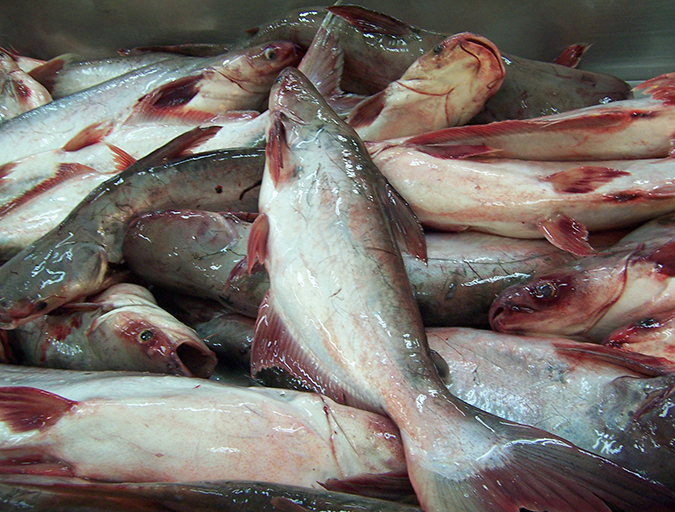
Intelligence
Risk v. hazard: A dispassionate look at pangasius
Vietnam’s pangasius industry captivated the global seafood industry, environmental organizations and the mass media. A scientific look at harmful substances detected in exported fillets and the reporting of the associated health risks through the media finds wide disparities.


